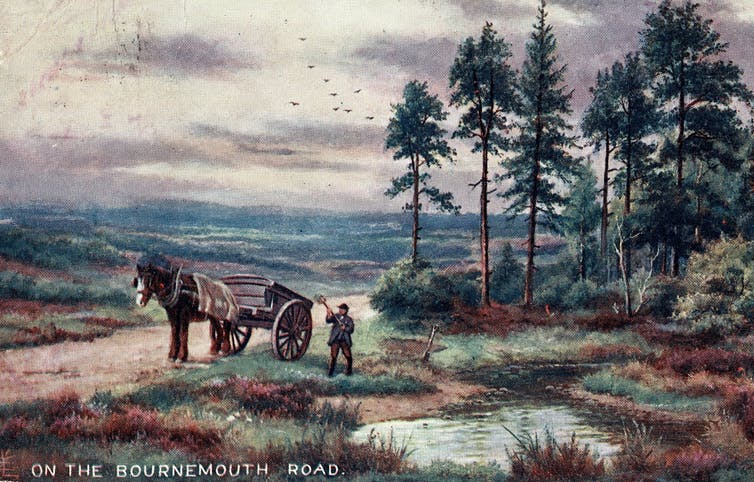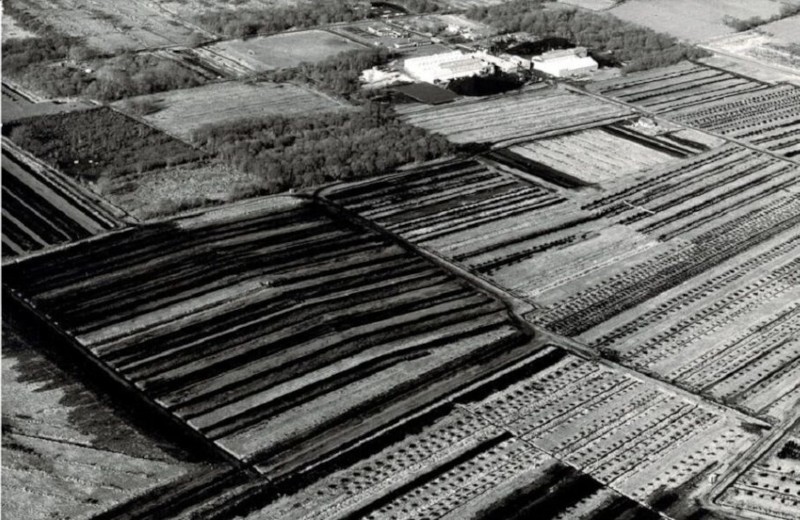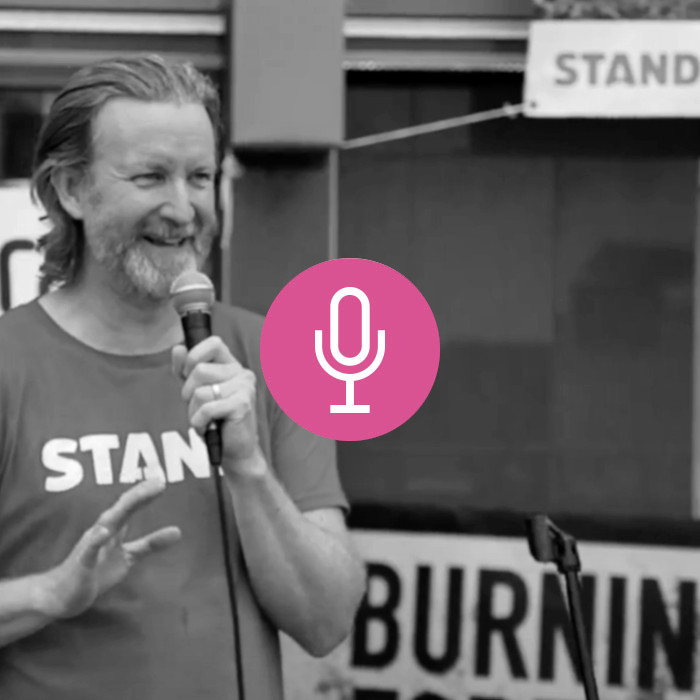Bogs, mires, fens and marshes – just their names seem to conjure myth and mystery. Though today, our interest in these waterlogged landscapes tends to be more prosaic. Because of a lack of oxygen, they can build up vast quantities of organic matter that doesn’t decompose properly. This is known as peat. Peatlands could contain as much as 644 gigatons of carbon – one-fifth of all the carbon stored in soil on Earth. Not bad for a habitat that stakes a claim to just 3% of the planet’s land surface.
Peatlands were once widespread throughout the UK, but many have been dug up, drained, burned, built on and converted to cropland, so their place in history has been forgotten. But while most of the debate around using natural habitats to draw down carbon from the atmosphere concerns planting trees and reforestation, some ecologists argue that a far better solution lies in restoring the peatlands that people have spent centuries draining and destroying.
With the government now proposing to do this across the UK, it’s worth unearthing the hidden heritage of these landscapes, and how they once fuelled daily life.
The bare necessities
The peat bogs that you find in temperate countries like the UK can be centuries or even thousands of years old. Over the course of their long history, peatlands have provided the necessities of life for communities nearby. In medieval Britain, people harvested peat from fens, heaths, moors and bogs which were carefully managed and protected as common land for all to use.
From all these habitats, people had the right to cut peat for fuel and as a building material. Peat blocks were used for building walls; turf was used for roofing; and peat provided excellent insulation for walls and under floors. In some cases, entire buildings were carved out of the deeper peat within the land itself.
Plants that grew in peatlands were also harvested. Cut willow, or “withies”, were used in construction, while reeds, sedges and rushes were used for thatching. And these habitats offered abundant grazing for livestock and wildfowl like geese, not to mention fish that thrived in ponds.
Peat turf smoulders gently, and helped keep some fires alight continuously for a century or more. The fuel is smoky and produces what became known as the “peat-reek” – a pungent smell that at least warded off the ubiquitous midges and mosquitoes.
These medieval wetlands were rife with malaria – a disease introduced to England by the Romans – and known as the marsh ague. Those raised in the Cambridgeshire Fens obtained a degree of immunity to the disease, but suffered yellow jaundice due to the effects it wrought on their livers, and tended to be rather stunted in stature.
By the 19th and 20th centuries, traditional rights for commoners to freely use peatlands had been swept away by government acts of enclosure, which converted land into private property. Subsistence use morphed into commercial exploitation, and peat was sold door-to-door or at markets.
Peat was taken as litter for the horses that powered growing towns and cities, and then for the war horses of the first world war. As the 20th century wore on, remaining peatlands were harvested on an industrial scale for compost to satisfy Britain’s burgeoning passion for gardening.
The carbon record
Despite their central role in the lives of our ancestors, peatlands have left little residue on our ideas of the past. So total was our collective amnesia around these important sites that a researcher in the 1950s shocked many by disproving the idea that the Norfolk Broads were a natural wilderness. Joyce Lambert of Cambridge University showed that the Broads – a network of rivers and lakes in the east of England – were actually excavated medieval peat deposits that were abandoned and flooded. Far from wild, this landscape was carved by human hands over many centuries.
The forgetfulness is particularly odd in Norfolk, where peat fuel was harvested in enormous quantities. Norwich, one of England’s major medieval cities, was fuelled by peat turf for centuries. Norwich Cathedral used 400,000 bricks of solid peat for fuel each year. This reached its peak in the 14th and 15th centuries, and amounted to over 80 million peat bricks burned over two centuries.
Today, sites that were entirely stripped of peat are common throughout the UK. Where peatlands once dwarfed entire landscapes, there are large stretches where no peat bogs exist.
All this exploitation released carbon dioxide, stored for thousands of years, to the atmosphere. Scientists have calculated that peat digging on Thorne Moors near Doncaster caused about 16.6 million tonnes of carbon to leak to the atmosphere from the 16th century onwards. That’s more than the annual output of 15 coal-fired power stations today. Peat digging around the world could have influenced the global climate before the industrial revolution.
Putting all of that carbon back will be a challenge, as many former bogs are farmed. Peat-rich soils in the lowland bread basket of the UK supply the bulk of its domestically grown crops – and continue to haemorrhage carbon to the atmosphere. These arable farms on converted temperate peatlands are estimated to release 41 tonnes of carbon dioxide per hectare per year. And agriculture experts believe the fertility of these soils is being exhausted, with fewer than 50 harvests left in the peat-fen countryside across much of lowland England.
With so much demand on the land, from growing food, to building houses and generating energy, it’s tempting to ask why we should make room for peatlands. But peatlands once provided all of these things and more. Recasting them as an ally in the fight against climate change only scratches the surface of their future usefulness.
Ian Rotherham is Professor of Environmental Geography and Reader in Tourism and Environmental Change at Sheffield Hallam University. You can read more of his work here.
This post was first published on The Conversation.





